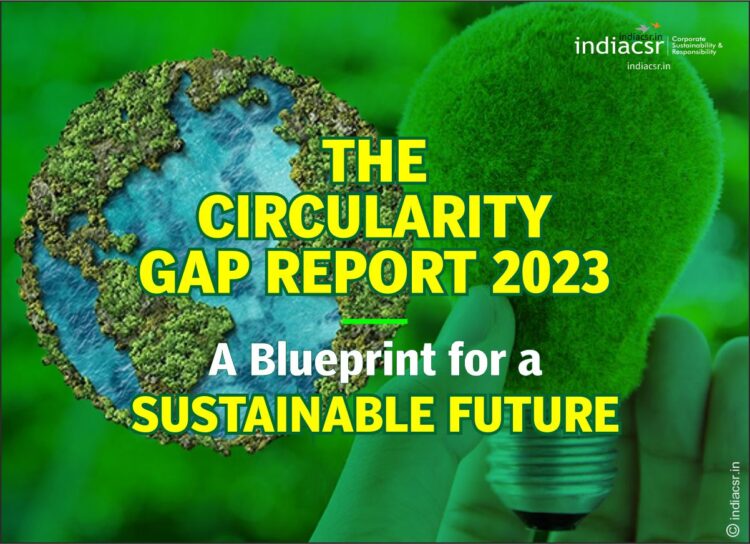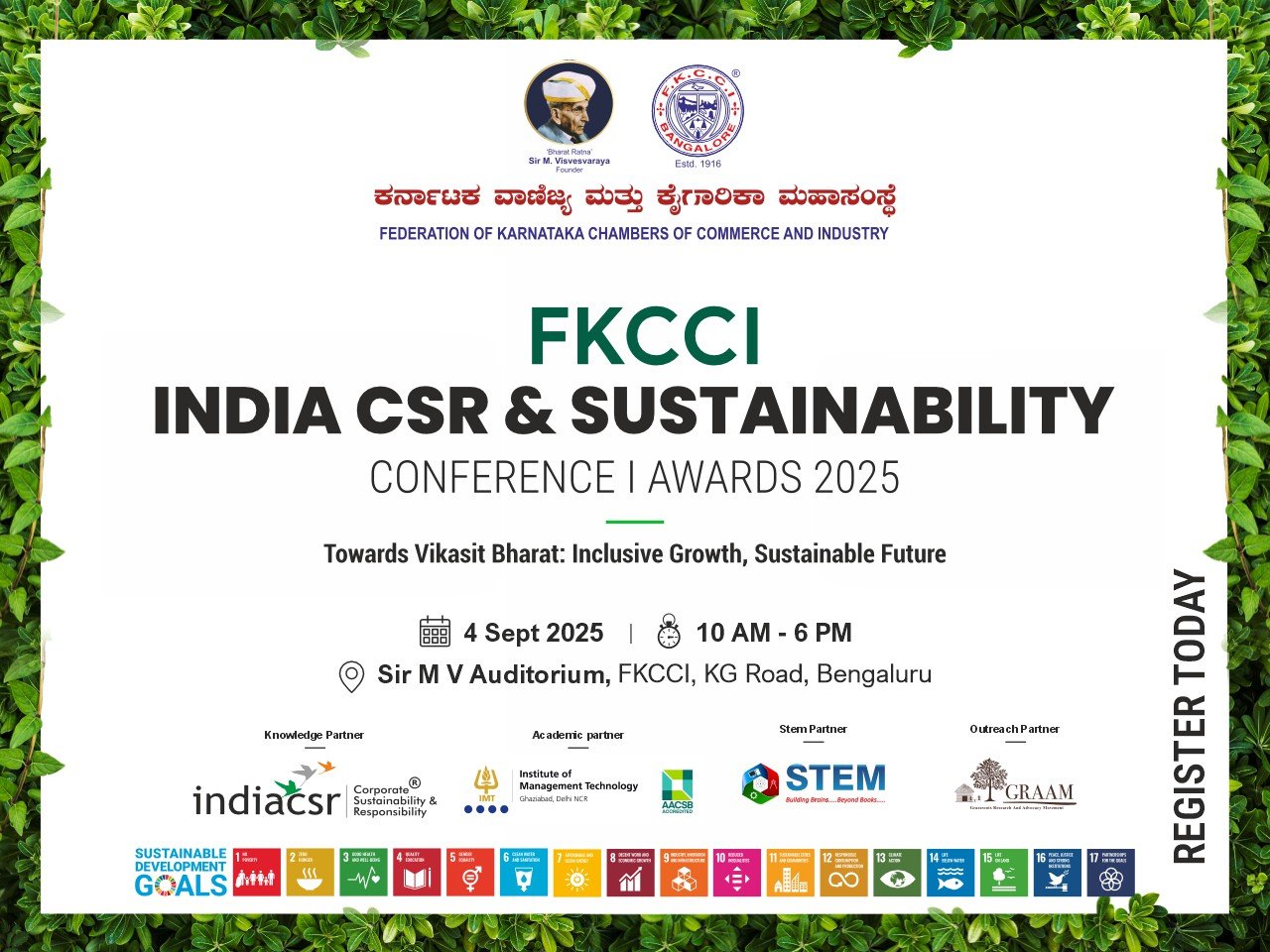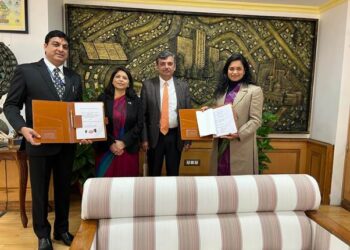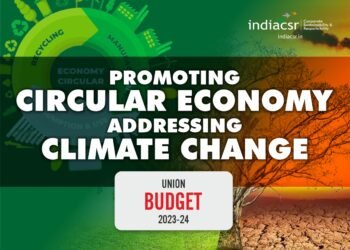
The Circularity Gap Report 2023, A Circular Economy to Live Within the Safe Limits of the Planet, published by Circle Economy in collaboration with Deloitte, highlights the urgent need to transition to a circular economy. It provides a comprehensive overview of the state of the circular economy. It identifies 16 key circular solutions that can help to close the circularity gap. The Circularity Gap Report 2023 is a timely and important report that provides a clear roadmap for the transition to a circular economy. The report’s findings are clear: we must transition to a circular economy to protect our planet and ensure a sustainable future for ourselves and future generations. It is a must-read for anyone concerned about our planet’s future and our economy.
The report begins with an executive summary, revealing that the global economy’s circularity rate is just 7.2% and declining due to increased material extraction. This linear approach has already exceeded five of the nine planetary boundaries, necessitating a shift towards a circular economy. The report emphasizes the importance of using less, using longer, using again, and making it clean. It presents 16 circular solutions for critical global systems, offering strategies to reverse overshoot and reduce material extraction. The report recognizes that each country should progress at its own pace, with high-income nations focusing on reducing overconsumption, middle-income countries stabilizing material consumption, and low-income countries prioritizing infrastructure and well-being. The aims of the Circularity Gap Report 2023 are as follows:
- Quantify the current state of global circularity: The report aims to update the Circularity Metric and other indicators related to material flows to assess the current state of global circularity accurately.
- Identify key circular solutions within critical systems: The report seeks to identify specific circular solutions within key systems that address societal needs and positively impact multiple planetary boundaries.
- Demonstrate the potential of circular economy solutions: The report aims to showcase the potential of circular economy solutions in reversing overshoots on planetary boundaries.
- Illustrate suitable circular solutions for country profiles: The report aims to illustrate which are most suitable for different country profiles recognizing the economic, social, and environmental differences between countries.
The report aims to provide a comprehensive understanding of global circularity, identify effective circular solutions, showcase their potential, and offer guidance on implementing them across different country profiles. Collaboration between the public and private sectors is essential for achieving a circular economy. Policy measures such as ambitious mobility targets and Extended Producer Responsibility are vital in this transition. The report highlights three principles:
- reducing material use through immaterial solutions
- regenerating the planet’s capacity through regenerative practices
- redistributing wealth for a better quality of life
The report is divided into five segments: Introduction, Current State of the World: Circularity on a Growing Planet, Reversing the Overshoot: Living Within the Safe Limits of the Planet, Different Countries, Different Circular Solutions: Tailored Circular Pathways, and Take Action: Next Steps for Businesses, Cities, and Countries.
The introductory chapter emphasizes the central role of materials in human prosperity while acknowledging the dangers of the linear economic model that has pushed planetary boundaries to their limits. The report’s aims include
- Quantifying the current state of global circularity,
- Identifying critical circular solutions that address societal needs while impacting multiple planetary boundaries,
- Demonstrating the potential of circular economy solutions in reversing overshoot, and
- Illustrate suitable circular solutions for different country profiles based on economic, social, and environmental differences.
The second chapter, “Current State of the World,” highlights the severe threat posed by rapid material extraction and use of Earth’s life support systems. The transition to a circular economy is crucial in addressing this challenge. Circular economy principles go beyond recycling and focus on smart material management strategies, such as using materials more efficiently, prolonging their lifespan, substituting with sustainable alternatives, and maximizing their value.
The third chapter, “Living Within the Safe Limits of the Planet,” explores how circular strategies can address the root causes of each boundary by using materials more efficiently, prolonging their use, reusing them, and adopting clean practices. It examines four key systems: housing, nutrition, manufacturing, and mobility. Circular solutions in these areas can significantly reduce material use, mitigate greenhouse gas emissions, and reverse overshoot.
The fourth segment, “Tailored Circular Pathways,” highlights specific circular solutions for different country profiles: Build, Shift, and Grow. Build countries, primarily agrarian economies, should focus on regenerative and adaptive agricultural practices. Shift countries, higher-income nations, need to reduce material consumption, particularly in areas like fossil fuel extraction and global trade. Grow countries, mostly middle-income nations, should aim to balance economic growth with sustainable practices in manufacturing, infrastructure development, and agriculture.
The concluding chapter, “Take Action,” proposes three priorities:
- delivering a good quality of life within planetary limits
- transforming material resource utilization
- establishing a shared vision
It identifies four global systems and presents 16 solutions for their transformation. The report emphasizes the need to shift from efficiency to sufficiency, resilience, adaptiveness, transition from extraction to regeneration, and redistribute wealth and resources. Policymakers are encouraged to prioritize well-being, set reduction targets, and introduce incentives. At the same time, business leaders should support regenerative practices and transition away from non-renewable methods.
In conclusion, the report highlights the significance of materials and provides valuable guidance for implementing a circular economy. Prioritizing sufficiency, regeneration, and redistribution can reconcile human needs with ecological boundaries, promoting well-being for both people and the planet.
About the Author
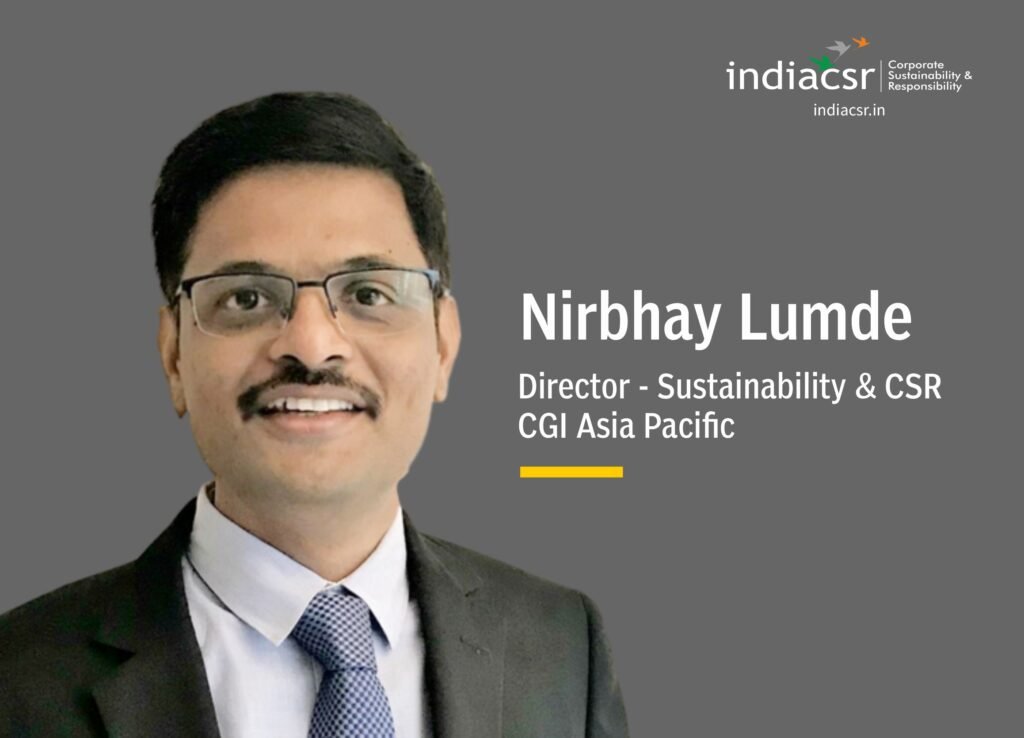
Nirbhay Lumde is Director – Sustainability & CSR CGI Asia Pacific Global Delivery Centers of Excellence, and his views are personal.

